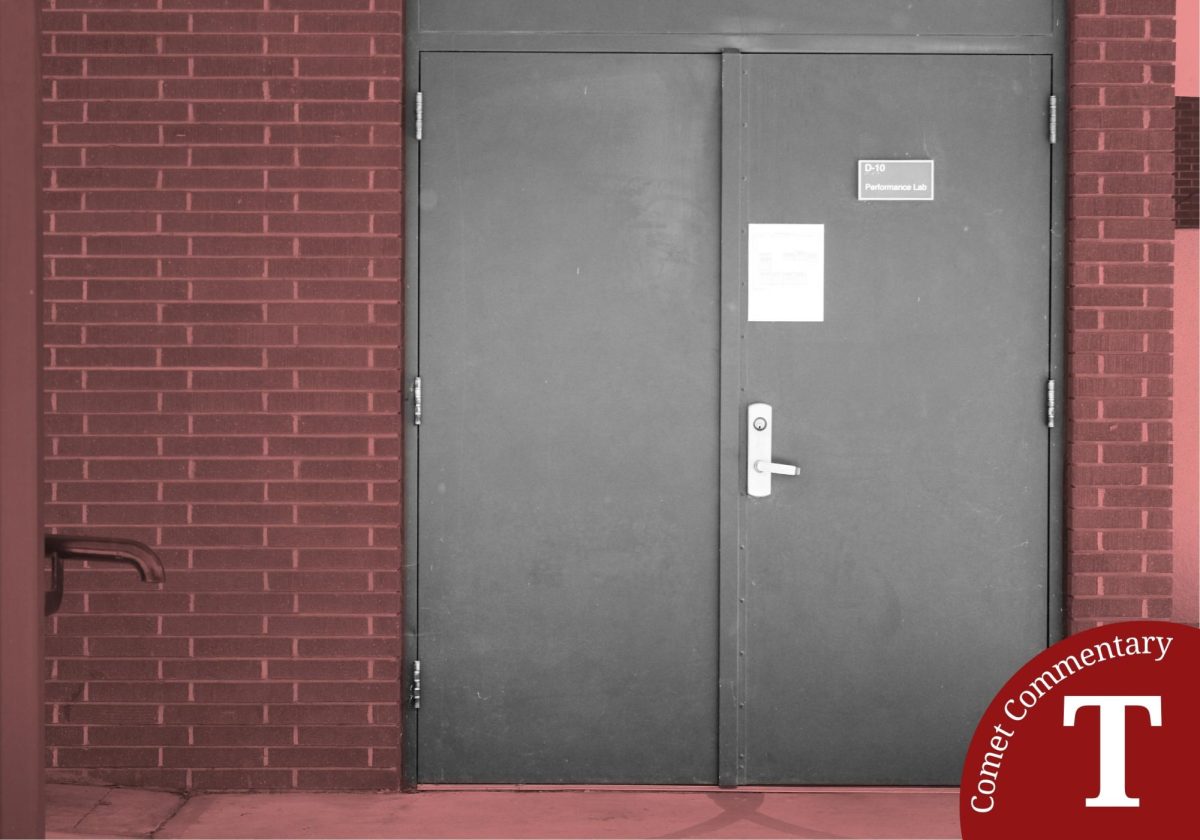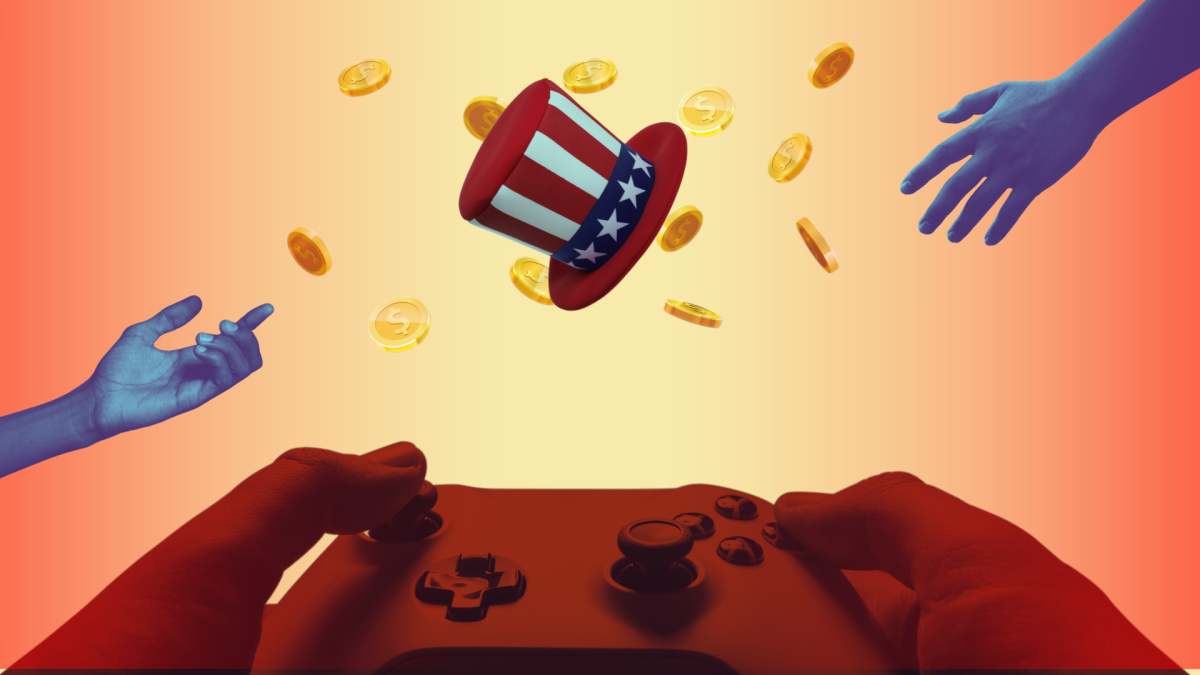Star Wars is as basic as it gets.
There’s a bad guy and a good guy, and they duel to the death.
There are tons of little catches, but it’s a plot that most people have come to expect in movies. The good guy gets the laurels. Everyone can go home afterward feeling gratified.
George Lucas stated that the film is representative of the Vietnam War, and he even developed the franchise with certain historical components in mind. The Jedi, the proverbial Star Wars good guys, are alike to the Knights Templar, a medieval force for good that was largely exterminated by a looming authority. The Stormtroopers, fighting minions for The Dark Side, are indicative of German Nazis.
The ultimate ruler of the Dark Side, Emperor Palpatine, is mirrored by Richard Nixon. Many publications have noted how the overlords of the Galactic Order are fought by scrappy Rebels, a situation that can be reflected in, say, people who fight for social causes or even the Russian peasants fighting for greater representation during the 1920s.
This is all good and well, but it doesn’t dive into the core of the story, of what Star Wars really attempts to show: the relationship between the galactic order, or our presiding governments, and how the underlings are affected, in both the Star Wars universe and ours.
Let’s look at Darth Vader, a widely known face of Star Wars villainy. He was a sweet kid in Phantom Menace, a broody lover in ‘Attack of the Clones’ who we found had the seeds of destruction in his soul. And finally a crusader for a malignant presence, he formerly fought against in ‘Revenge of the Sith.’ He was said to be the face of a prophecy that would bring the Jedi force triumph over evil; the chosen one. He failed.
His son, Luke, was more successful, winning over his desires to become dark like Darth Vader, and becoming the people’s hero at the end of ‘Return of the Jedi.’
These hopeful saviors for a rotten time are prevalent in the newer Star Wars films as well. Rey, in ‘Star Wars: The Force Awakens,’ is a common thief who rises to great ambitions.
This narrative is not only misleading to people who are waiting for a political savior, it allows for people to grow unhappy with what they simply perceive as corruption.
Star Wars isn’t alone, of course, in engendering its protagonist to be a savior for the masses but it is one of the most prevalent examples. One only has to look at the box office success of ‘The Force Awakens’ ($2.068 billion) to see that the franchise is still a large part of many American’s lives.
This Star Wars mania even touched Rolling Stones magazine, which came out with a cover of Barack Obama, and the caption “A New Hope,” which is also the title of the first Star Wars film. The publication came out around the time of Obama’s 2008 run for president. Of course, people wanted a leader; a lot of them were jobless from the worldwide market crash. Using “A New Hope” was a clever tie-in for people to associate Obama with the lore of Star Wars, and the hope a new Jedi carried for a galaxy of oppressed denizens.
In addition, Obama promised in an October 2008 speech, “We cannot allow homeowners and small towns to suffer because of the mess made by Wall Street and Washington”.These Wall Street bankers were figures whom people during 2008 might as well have associated with Emperor Palpatine. Of course, a majority of the bankers who caused the financial meltdown, such as the Lehman Brothers, were bailed out, but this rhetoric of fighting against this steaming cesspool of “corruption” still raised peoples’ hopes.
The bottom line is that there has to be a certain vigilance against this message of political heroism. Respect it in the movies, but don’t trust it to solves life’s problems. Even if Rolling Stones insinuates you should.












